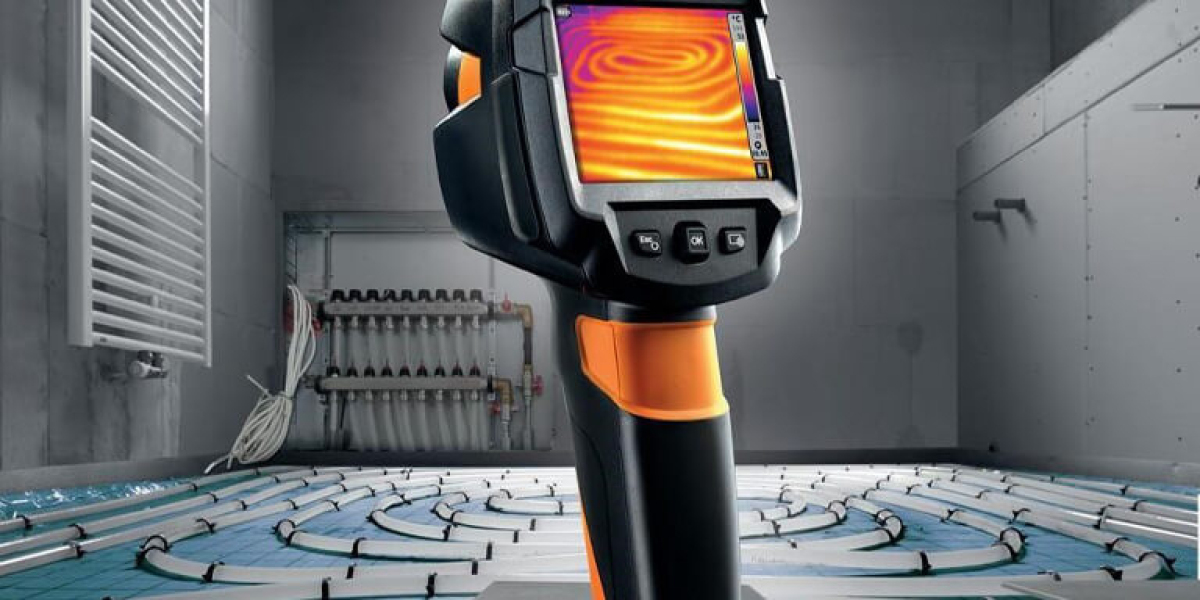In recent years, motion tracking systems have undergone significant advancements, transforming the landscape of home security. These systems have evolved from simple cameras that merely record footage to sophisticated sensors capable of real-time tracking and analysis. This article delves into the journey of motion tracking technology, highlighting its key developments and implications for security.

Understanding Motion Tracking Systems
At their core, motion tracking systems are designed to detect and respond to movement within a designated area. But how do these systems work? They utilize a combination of hardware and software to monitor changes in the environment. Basic systems often rely on passive infrared sensors, which detect heat emitted by moving objects. In contrast, modern systems incorporate advanced technologies such as:
- Video analytics
- Artificial intelligence
- Machine learning algorithms
These innovations enable the systems to differentiate between various types of movement, reducing false alarms and enhancing overall security.
The Transition from Basic to Advanced Systems
The initial iterations of motion tracking systems were limited in functionality. Basic cameras could only capture footage, leaving homeowners to sift through hours of video to find relevant events. However, as technology progressed, so did the capabilities of these systems. Today, advanced sensors can:
- Automatically track moving objects
- Send real-time alerts to homeowners
- Integrate with smart home devices for a cohesive security solution
This evolution not only enhances user experience but also significantly improves the effectiveness of home security measures.
Benefits of Modern Motion Tracking Systems
Modern motion tracking systems offer numerous advantages that make them indispensable for home security. Some of these benefits include:
- Enhanced Security: With real-time monitoring and alerts, homeowners can respond promptly to potential threats.
- Cost-Effectiveness: Advanced systems reduce the need for extensive security personnel, lowering overall costs.
- User-Friendly Interfaces: Many systems now feature intuitive apps that allow users to monitor their homes remotely.
These features not only provide peace of mind but also empower homeowners to take control of their security.
Future Trends in Motion Tracking Systems
As technology continues to advance, the future of motion tracking systems looks promising. Innovations such as 5G connectivity and improved AI algorithms are expected to further enhance the capabilities of these systems. Homeowners can anticipate:
- Greater integration with IoT devices
- Improved accuracy in motion detection
- More personalized security solutions
For those interested in exploring cutting-edge technology, consider checking out the  , which exemplifies the latest advancements in motion tracking.
, which exemplifies the latest advancements in motion tracking.
Conclusion
The evolution of motion tracking systems has revolutionized home security, offering enhanced protection and peace of mind. As technology continues to advance, these systems will likely become even more integral to our daily lives. Understanding their capabilities and benefits is essential for anyone looking to improve their home security.








